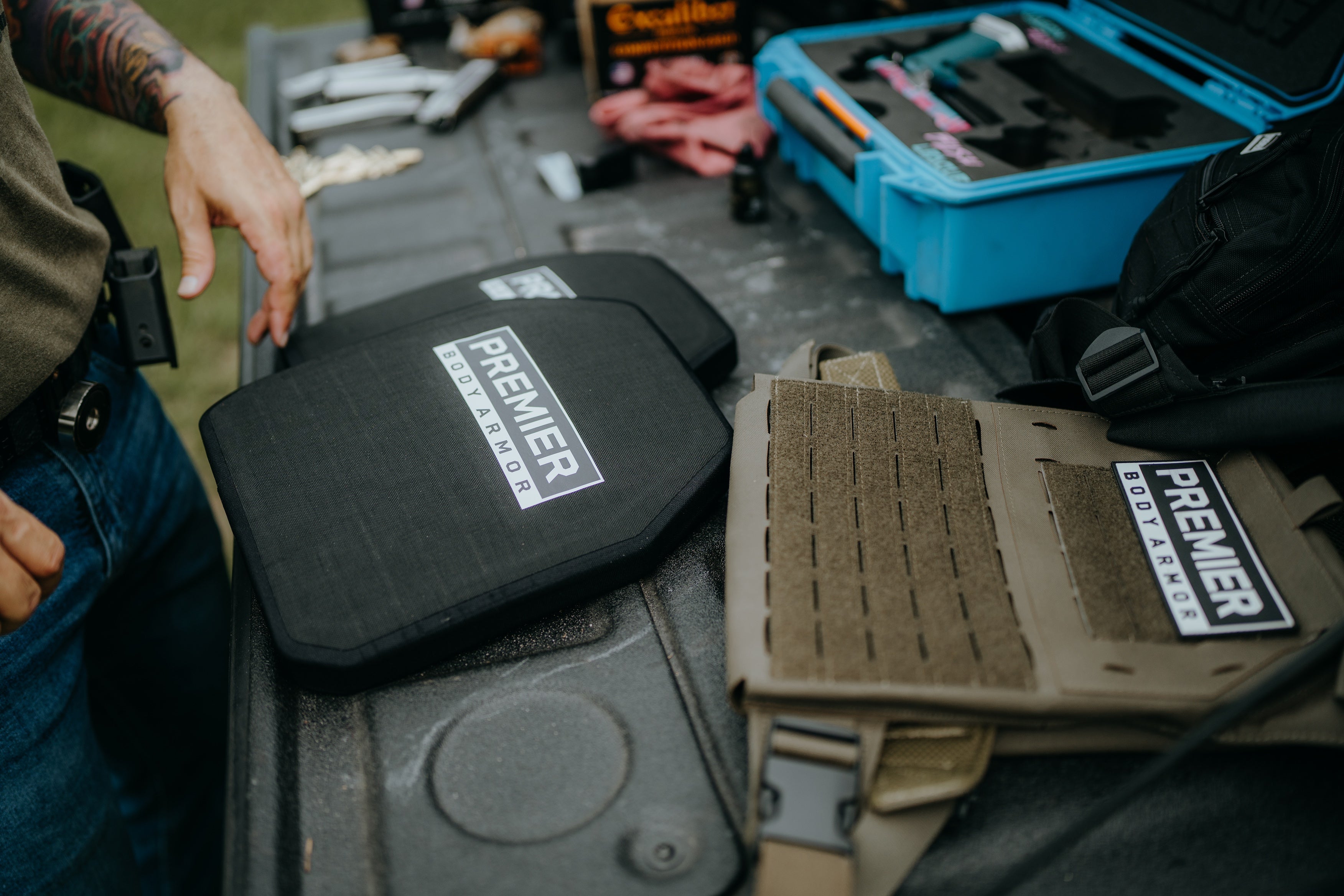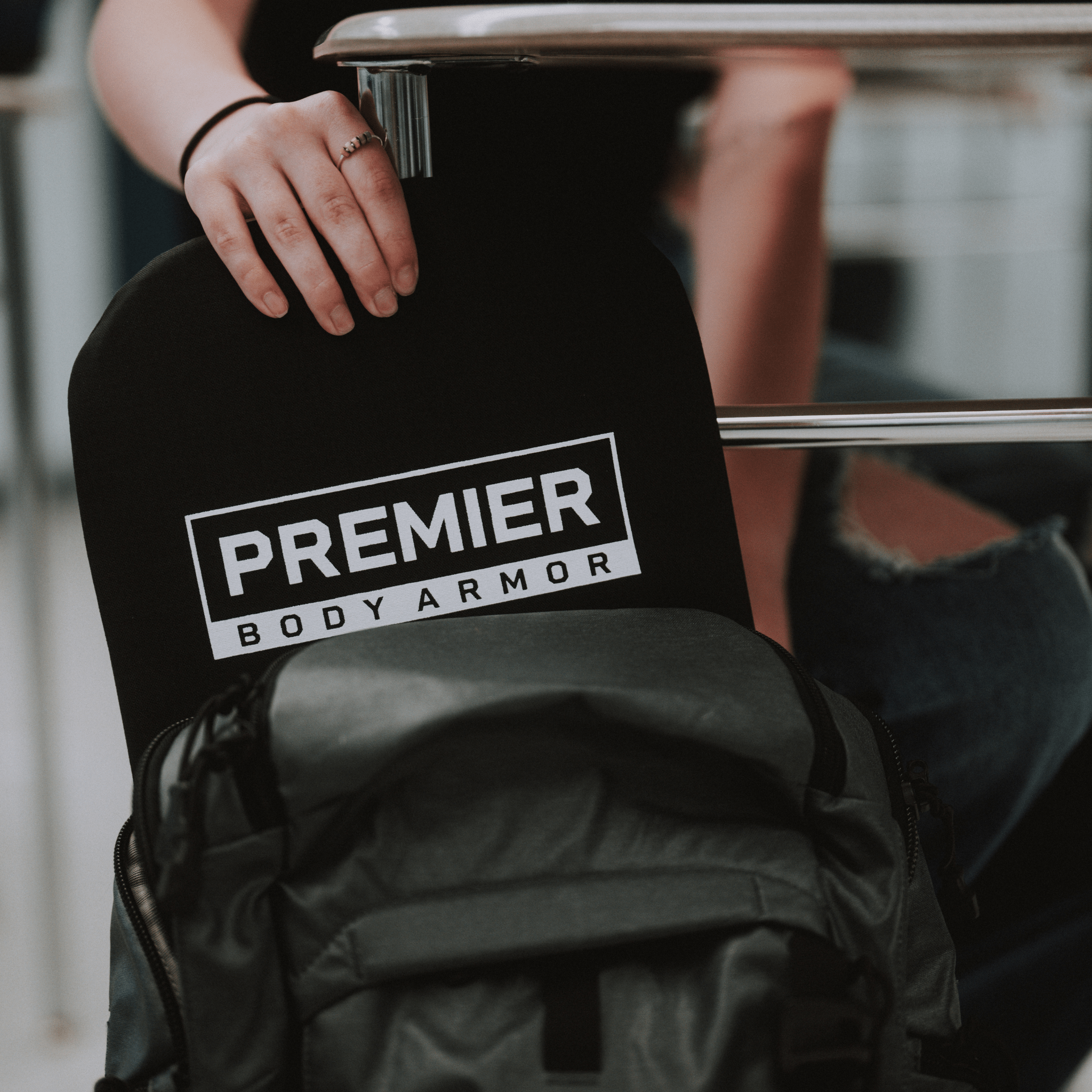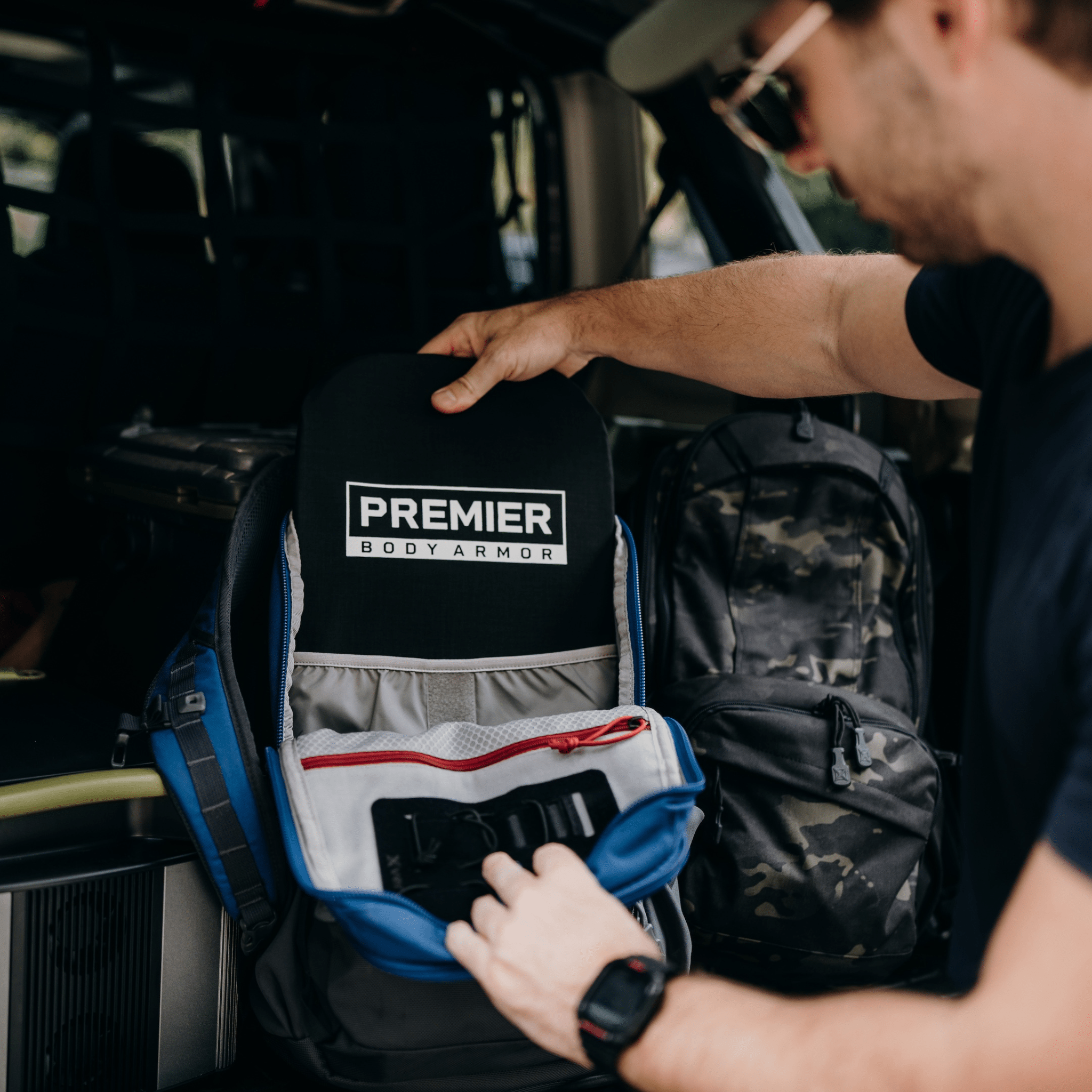Bushcraft Fire Starting 101: Top 8 Wilderness Fire Building Methods
Fire. One of the four classical elements, along with earth, air, and water, probably gets taken for granted when the ability to make it can be easily carried in your pocket. However, once a lighter runs out of fuel or matches get wet, most people will be at a loss.

At a campsite a fire is generally the central feature and one that can be directly or indirectly involved in almost every bushcraft task. If you don’t have multiple reliable ways to make fire, you may be unable to complete the simplest tasks needed to keep yourself alive and comfortable.
Why is Wilderness Fire Building So Important to Master?
Wilderness fire starting is one of if not the most important technique to master as part of a broader bushcraft skill set. From basic domestic tasks like cooking, food preservation, and clothes drying to wilderness tasks such as deterring aggressive wild animals and wayfinding, bushcraft fire starting is at the core of any campsite.
Bushcraft Fire Building 101: Wilderness Fire Starting Basics
An aspiring bushcraft fire starter would do well to understand the basics and bushcraft tools it takes to make a fire. It takes three things to start and sustain a fire, and these concepts make up what is commonly referred to as the fire triangle.
The base element of any fire is going to be fuel, or the stuff that will be burned once the fire is started. In this case it will most likely be wood or some other plant matter.
The next thing necessary for combustion is an oxidizing agent, and for your common campfire it will be plain old oxygen. You’ve probably heard that a fire needs to “breathe,” or that it needs airflow, and oxygen is what that’s about. Of course, with too much air it can blow out or spread in a dangerous manner.
Lastly, you need a source of heat to initiate ignition. No matter how much of a pro someone is at using a fire starter of any kind, if all three elements of the fire triangle are not present they won’t be able to maintain a fire for any length of time, if at all.
The Best Materials for Quickly Starting Fires
There are all kinds of fire starters for camping. The best fire starter changes circumstantially, but you’ll always need tinder and kindling. These terms seem interchangeable, but actually are two separate things.
Tinder, the first thing you light, is small and dry combustibles that burn hot and fast. Twigs, pine boughs, tree bark, wood shavings, and other dried vegetation make great tinder bundles.
Kindling burns readily but not as quickly as tinder. Pine cones and finger or thumb sized sticks are perfect kindling. Kindling is placed on and around the tinder after it is lit, and once your kindling is catching then adding fuel-sized logs will last.
The Top 8 Methods For Creating Fires in the Wilderness
Survival fire starting may be the most basic bushcraft skill to master, but that doesn’t mean it won’t be difficult or complex depending on the circumstances you find yourself in. Therefore, you would do well to familiarize yourself with a wide variety of techniques.
There may not be a “best survival fire starter” tool for every situation, but there are a handful of methods that stand out and are easy to pack or craft in the wild.
Flint and Steel: Classic and Effective Fire-Starting Method
First up is a modern take on an old classic: the flint fire starter. These days, you probably won’t be digging up flint and raking things against it until you find a combination that throws sparks. Instead, you’ll have a ferrocerium rod (ferro rod for short) and an accompanying piece of high carbon steel.
A firesteel is often sold as part of a set with a rod and metal striker, although the spine of a knife with sufficient carbon content will also work as a striker. At this point, if you’re wondering how to use flint and steel, well it couldn’t be simpler. Simply hold the rod at a downward angle toward your tinder and scrape the striker downwards. If done correctly you’ll be rewarded for your efforts with a shower of hot sparks to catch fire.
Woodcraft Wonders: Fire Building with Bow Drill
Another method that’s been around for centuries is the bow drill. It’s how you “start a fire with sticks.” Also called a fire bow, the principle that starts a bow drill fire is simple friction. The fire bow steps are as follows:
- A curved stick (the “bow”) with cordage is wrapped around a straight stick (the spindle) with a rounded point
- The top of the spindle will be held by your non-dominant hand with something between your hand and the stick to protect it (the socket). The bottom should rest in a slightly grooved or scooped out area in another, larger piece of wood.
- While stabilizing the spindle, pull the bow away from it until the cord is taut and move the bow in a sawing motion. This should cause the spindle to rotate rapidly, spinning its blunt point into the base.
- As you rotate the spindle into the base, the friction will cause the areas where wood contacts wood to start blackening. Bits of wood will break away or turn to powder.
- The debris directly in the area of friction will eventually glow like embers. Add your tinder and shield it from any wind, blowing gently to ignite it.
Matches: A Must-Have for Bushcrafters
Other than a lighter, matches are probably the easiest way to make fire. Practically everyone knows how to use matches. For wilderness use, however, it’s best to bring along camping matches. Regular household matches have little accelerant, only light when struck on the box, are easily put out by wind or water, and are small like toothpicks.
Camping matches on the other hand are made of sturdier materials, have a lot of accelerant that can be ignited on many different surfaces, and are highly resistant to extinguishing. Some of them can even continue to burn after being submerged in water!
The Fire Plow: A Primitive Technique
Another centuries old way of making fire is the fire plow method. Like the bow drill, the fire plow uses friction to generate heat and embers to which you can introduce tinder. There is no spinning with the fire plough, however, just scraping or rubbing.
The part you hold, the “friction stick,” is just a short stick with a blunt point similar to the spindle of a fire bow. The base log you’ll be plowing against should be grooved. It’s unlikely you’ll simply find a log that fits the profile, although stranger things have happened, so you’ll need to make a groove yourself with a knife or hatchet. It should be sufficiently long to move the friction stick back and forth vigorously enough to generate enough heat to create embers.
Hardwoods make the best wood for fire plows because softwoods will either disintegrate or contain too much sap or resin to allow sufficient friction. Some ideal materials won’t even necessarily be wood, like bamboo.
Beggars can’t be choosers though, so practice ahead of time to be prepared to work with whatever you can find.
Modern Methods: Steel Wool & Batteries
Moving on to a decidedly more modern method, it is easy to learn how to start a fire with a battery. You need a 9 volt battery and steel wool. That’s all! It’s worth noting though that not just any steel wool will do.
Steel wool comes in grades based on how fine or coarse it is, ranging from 4 to 0000. 4 is the coarsest, and 0000 (called quadruple “ought” when spoken) is the finest. 00, or double ought, is the most commonly available and the coarsest that can effectively be used. 0000 is the most ideal steel wool for fire, but can be harder to find.
Do not cheap out when it comes to the battery. Pick a well-known name brand that is guaranteed to store well and provide consistent current.
As to the method, simply fluff the wool out, but not too loosely, and touch the terminals of the battery to a denser patch. If no sparks are forthcoming, rub the battery around a little to encourage more current flow and generation. After it gets going add tinder.
Harness the Power of the Sun with a Magnifying Glass
While magnifying glasses are not exactly new, they are decidedly more modern than some other technology on this list. Start a fire with a magnifying glass by holding the lens directly toward the sun, as though the sun is the eye looking through it.
Adjust the angle until the light going through the glass is a small bright point and keep it there until your tinder begins to burn. Be aware that a fire starting magnifying glass needs to be several inches across. A pocket unit will not have enough glass real estate or magnification to focus the sun’s rays strongly enough.
Two-Person Friction Drill for Wilderness Fires
The two-person friction drill uses the same principle as the bow drill friction fire method, but simplifies both the materials and the means. A socket, spindle, and base are still used, but in place of the bow two handles or loops of cordage go from one side of the spindle to the other.
Each side can then be pulled by a different person, back and forth, switching hands as necessary until enough heat is generated through friction to produce viable embers.
Additionally, the two users can alternate putting pressure on the socket and spindle or even overlay their hands if no single user is able to press down hard enough.
Utilize Compression with a Fire Piston
The fire piston fire starter is a primitive tool from Asia that has been made of everything from bamboo to animal horn over the centuries. Essentially it is two tubes, one smaller than the other, that are fitted together to create an airtight chamber. You plunge the smaller one into the larger one similar to a handheld bicycle or sports ball pump.
In order to understand how the fire piston works it helps to know that air heats up if it is compressed quickly enough.
At the end of the smaller tube is a holder for a small amount of wick material or tinder, depending on what is available. When you press the smaller tube into the larger one as quickly as possible it compresses the air rapidly enough to superheat it, giving you a small ember to work with to get your fire going.
The fire piston takes arguably the most preparation beforehand, as it is unlikely you will be able to craft one in the wild. However, it is less susceptible to weather conditions and user error than other methods. You will need to make or purchase one ahead of time so practice before heading out.
Preparedness is Key: Practice Your Fire Building Before Heading into the Wilderness
None of these methods are foolproof. Yes, even the matches. When it comes to building a fire in the wilderness you should take nothing for granted.
Be sure whatever fire starting tools you choose to take with you have been vetted and practiced multiple times. Be sure you have at least three if you are by yourself. Knowing how to build a fire in the wilderness won’t count for much if the only method you’ve mastered won’t work due to weather conditions or other external factors.
If you have multiple members in your potential wilderness group then include them in your practice as well. This will diversify your ability to carry and employ a broader array of methods into one group.
If there are even three adults in your group, and each of them masters two fire starting methods, you will have 6 of the 8 mentioned here covered should you need to spend an indefinite period of time in the wilderness.
If you aren’t much into camping, change that, and take along some fire gear to start your campfires with. It’s a low stress, low pressure way to get in some practice, and you can always bring tried and true backup methods as you build proficiency.
If you anticipate heading into the wilderness with your family some day, so much the better. Have each capable member practice a different method each time the fire needs starting. This way, since your safety or comfort depends on it then no single person bears the burden of success or failure for the entire group.
Written by Joshua Anders










Leave a comment